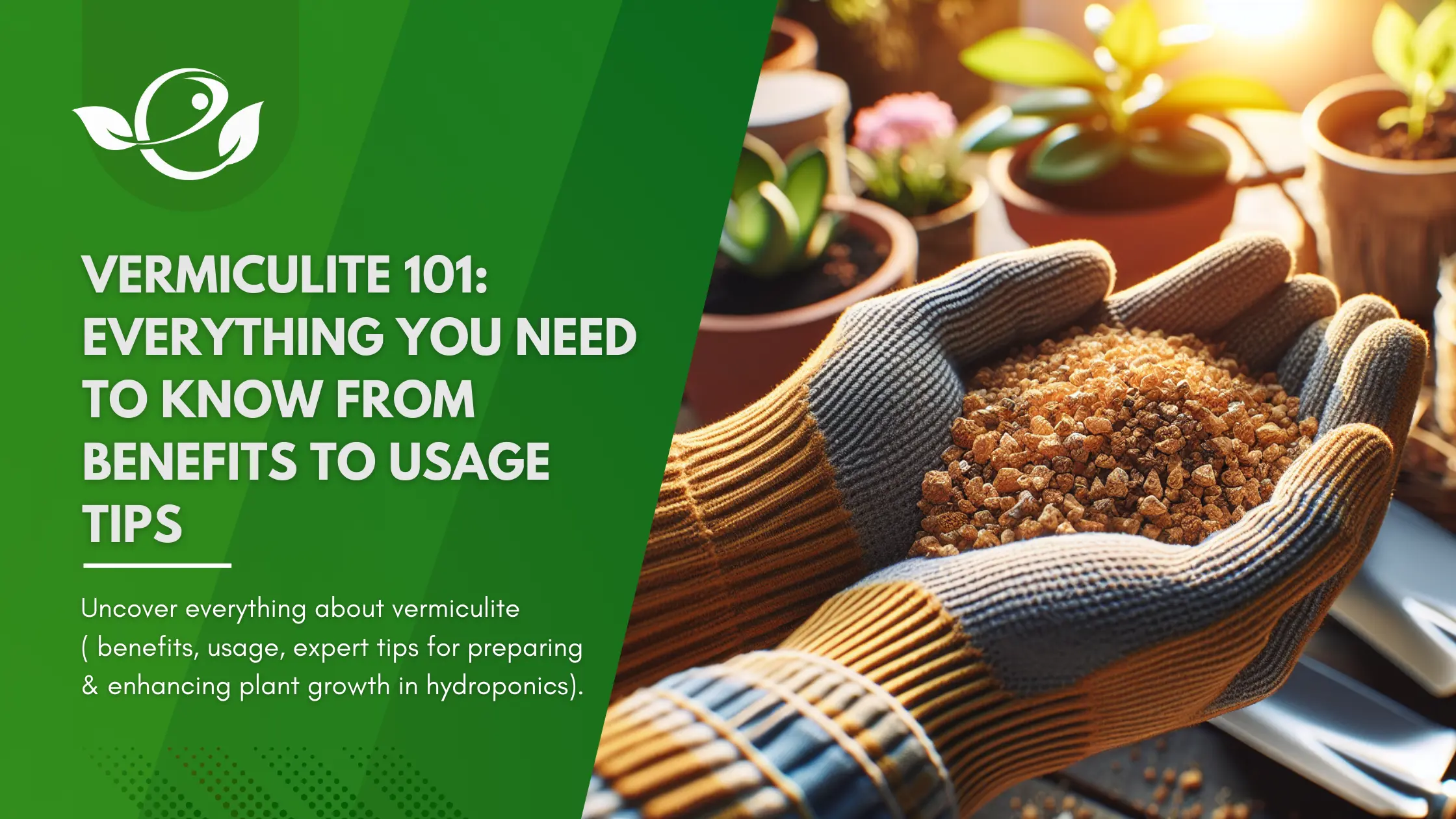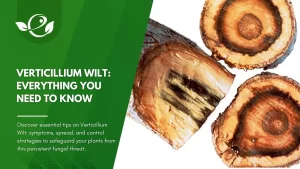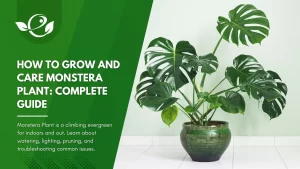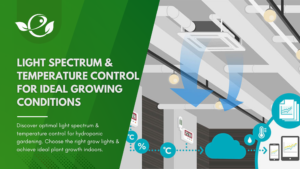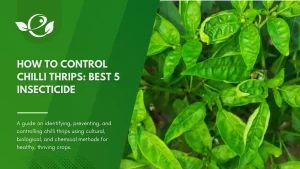Table of Contents
Vermiculite, a naturally occurring mineral, plays a pivotal role in various fields, from gardening and hydroponics to construction and packaging, thanks to its lightweight, non-toxic, and pH-neutral properties. Known for its excellent water retention, it can absorb three to four times its weight in water, benefiting the Growth of plants by attracting vital nutrients such as potassium, magnesium, and calcium. This makes it an essential component in the propagation and potting of plants, especially those thriving in moist compost.
In the realm of gardening, it is celebrated for its ability to aerate soil while retaining water and nutrients, gradually releasing them to support plant care. This growing media is indispensable for seed sowing and can be mixed with perlite to ensure optimal aeration and moisture levels. Its use in hydroponic gardening highlights its versatility and effectiveness in promoting healthy root systems and robust plant-growth. As we dive deeper into the world of vermiculite, we’ll uncover its myriad benefits and practical tips for leveraging its unique properties in gardening, construction, and beyond.
What is Vermiculite?
It is a hydrous phyllosilicate mineral, notable for its ability to expand significantly when heated. This expansion process transforms it into a lightweight, fire-resistant, and highly absorbent material, making it ideal for various uses. It is inherently non-toxic and environmentally friendly, which enhances its appeal for use in gardening and construction.

A. Key Properties and Composition
- Fire Resistance and Absorbency: The mineral’s structure allows it to retain water effectively, absorbing up to three to four times its weight in water.
- Chemical Composition: It is a hydrous silicate of aluminium, magnesium, and iron, contributing to its pH neutrality, unlike perlite which is slightly alkaline.
- Physical Characteristics: It has perfect cleavage on {001}, is pliable, and ranks 1.5-2 on the Mohs scale of hardness. Additionally, it has a medium shrink-swell capacity and a high cation-exchange capacity (CEC) of 100-150 meq/100 g.
B. Historical Context and Modern Usage
It was first identified in 1824 in South Africa and has since been found in several other countries including the USA, Russia, China, and Brazil. The mineral’s name, derived from the Latin ‘vermiculare’, reflects its appearance post-expansion, resembling little worms. Today, this growing media is mined from rocks that formed 1.5 to 3 billion years ago and is available in various grades classified by particle size. The garden variety, known as “exfoliated” vermiculite, is treated under heat and pressure to enhance its porous qualities.
To ensure safety, modern vermiculite is rigorously tested to be free of asbestos, addressing past health concerns linked to asbestos contamination in some vermiculite sources. This rigorous testing underscores its safety and suitability for widespread use in horticulture, construction, and other industries.
Benefits of Using Vermiculite
Its diverse applications stem from its unique properties, which cater to various needs in gardening, construction, and more. Here are some of the key benefits that make it a favoured material across different industries:
- Exceptional Water Retention: It can absorb up to four times its volume in water, which is crucial for maintaining moisture in soil and potting mixes, especially beneficial for plants that are sensitive to dry conditions.
- Enhanced Soil Aeration: The lightweight structure of vermiculite helps prevent soil compaction, thereby promoting better aeration. This improved air circulation is essential for healthy root development and overall plant health.
- pH Neutral: Unlike some other soil amendments that can alter soil acidity, vermiculite is pH neutral. This feature makes it suitable for a wide range of plants without the risk of disrupting the soil’s balance.
- Insulation and Fire Resistance: It is highly valued in the construction industry for its insulating properties and resistance to fire. These characteristics make it an excellent choice for safe, energy-efficient building materials.
- Hydroponics and Horticulture: In hydroponic farming, vermiculite serves as an effective medium due to its ability to retain essential nutrients and water while providing excellent aeration. This supports robust plant-growth in a soil-free environment.
- Safe and Non-toxic: As an environmentally friendly material, it poses minimal environmental risks. This safety feature is particularly important in applications involving direct contact with soil and plants.
- Versatility in Use: Whether it’s aiding in seed germination, serving as a component in lightweight concrete, or being used as animal bedding, Its versatility makes it invaluable in numerous applications.
These benefits highlight why this hydroponic growing medium is a staple in both traditional gardening and modern agricultural practices, as well as in safe construction and manufacturing processes.
How to Prepare Vermiculite for Different Uses
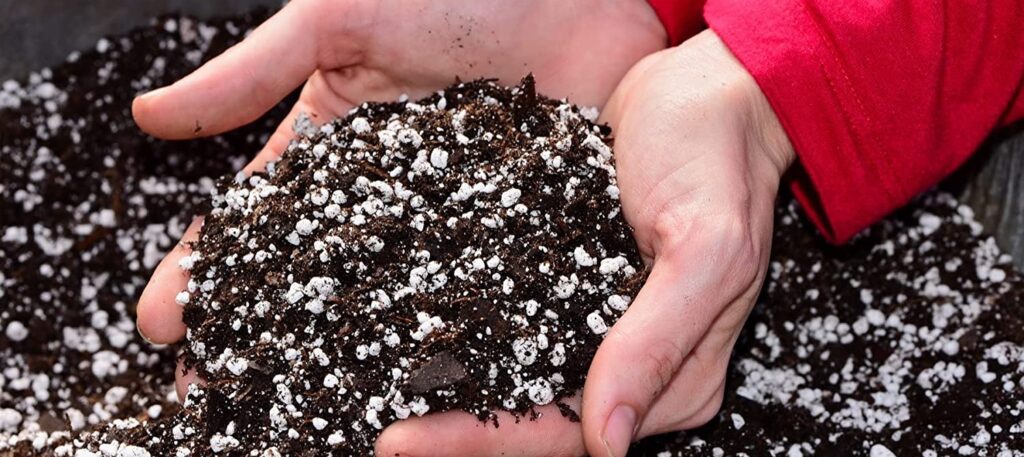
A. Preparing Vermiculite for Diverse Applications
To utilize it effectively across various settings, it’s crucial to select the appropriate grade and integrate it correctly based on its intended use. Here is a guide on how to prepare vermiculite for different uses, ensuring optimal performance whether in gardening, construction, or other applications:
- Gardening and Hydroponics:
- For seed germination and plant-growth, mix 1/3 to 1/2 of medium or fine-grade vermiculite into potting soil or use as a standalone medium in hydroponic systems.
- Enhance soil aeration and moisture retention by spreading a 1/4-inch layer of vermiculite around newly seeded lawns.
- Maintain nutrient levels and pH balance by adding soil amendments like phosphoric acid as needed.
- Storage of Bulbs and Root Crops:
- Use this growing media to store bulbs and root crops over winter, providing essential moisture without causing desiccation.
- Animal Bedding:
- Opt for fine or medium-grade vermiculite to create a comfortable and absorbent bedding material for animals.
- Worm Bins:
- Add vermiculite to worm bins to supply the necessary grit that aids in worm digestion, enhancing the overall efficiency of vermicomposting.
By following these guidelines, you can maximize the benefits in various applications, from boosting the growth of plants in your garden to improving energy efficiency in your home.
Expert Tips for Gardening with Vermiculite
A. Handling and Usage in Gardening
- Proper Handling: When using vermiculite for gardening, it’s crucial to wear protective gear such as gloves, masks, and goggles to avoid inhalation and direct skin contact, ensuring safety during application.
- Optimal Environment: To minimize health risks, work with vermiculite in well-ventilated areas or outdoors. Using a dust mask can further reduce the inhalation of any fine particles.
- Storage Precautions: Keep this out of reach from children and pets to prevent accidental ingestion or contact, and store it in a cool, dry place away from garden chemicals to maintain its integrity and effectiveness.
B. Application Techniques for Enhanced the Growth of Plants
- Seed Germination: Mix vermiculite alone or with a potting mix to improve seed germination. This setup provides an excellent environment for seedlings by maintaining moisture and allowing easy root penetration.
- Root Development: Utilize this growing media to promote quicker root growth in cuttings by providing a stable anchorage, which is essential for the healthy development of new plants.
- Hydroponics and Container Gardening: Incorporate vermiculite into your hydroponic systems or as a sole growing medium in containers. Its ability to retain water and nutrients while promoting aeration makes it ideal for these applications.
C. Safety and Maintenance
- Follow Manufacturer Guidelines: Always adhere to the instructions provided by the vermiculite product manufacturer to ensure its correct and safe use in gardening applications.
- Choose the Right Grade: For optimal results in gardening and hydroponic systems, selecting a medium or fine grade of vermiculite can significantly enhance the growing environment for plants.
Vermiculite in Hydroponic
In hydroponic systems, it serves as an efficient growing medium. Its ability to retain water and nutrients while ensuring good aeration makes it ideal for soil-free plant cultivation. Its role in hydroponics highlights its versatility and effectiveness in supporting robust growth of plants under controlled environmental conditions.
Conclusion
Throughout this exploration, we’ve uncovered its multifaceted benefits across a range of applications, from its critical role in promoting healthier growth of plants in gardening and hydroponics to its invaluable use in construction for improving fire resistance and insulation. The versatility of this growing media, underscored by its capacity for water retention, nutrient support, and pH neutrality, highlights its significance in not just nurturing robust plant life but also in contributing to safer, more efficient building practices. The emphasis on selecting the right grade and following proper preparation techniques ensures that individuals can maximize these benefits, whether they’re aiming to enhance their gardening endeavours or seeking to bolster construction projects with environmentally friendly, non-toxic materials.
As we move forward, the ongoing research and development into the applications of vermiculite promise to reveal even more about its potential to contribute to sustainable practices in agriculture, construction, and beyond. The safety measures and usage tips provided offer a foundation for both novices and experts to use this growing media responsibly and effectively. Encouraging further exploration and innovation in its use can only deepen our understanding of its properties and expand its applications, underlining its enduring value in various industries. Thus, the journey into the world of vermiculite is not just about leveraging its current known benefits but also about paving the way for future advancements that continue to harmonize human needs with environmental sustainability.
FAQs
What is the optimal method for utilizing vermiculite?
To make the most of vermiculite, use it for preserving bulbs and root crops during the winter. It’s excellent for maintaining moisture around the roots and bulbs without drying them out. Simply alternate layers of vermiculite with the roots or bulbs and store them in an area that is cool, dry, and shielded from direct sunlight.
What advantages does vermiculite offer?
It is beneficial for its ability to improve soil aeration and retain water and nutrients, which it gradually releases back to plants. This makes it particularly helpful for seed starting and plant propagation. Additionally, It can be mixed into the compost for houseplants.
Are there any drawbacks to using vermiculite?
The use of vermiculite does come with some drawbacks. As a mined, non-renewable resource, it is not sustainable in the long term. It can also be difficult to mix into the soil evenly. The dust produced by vermiculite can be an irritant. Furthermore, its high porosity can lead to soil blockages or the entrapment of unwanted materials like debris and algae.
Which vermiculite grade is recommended for general use?
For those uncertain about the appropriate vermiculite grade, the medium grade is often the best choice. It offers a balanced solution for water and nutrient retention as well as soil aeration. This grade is particularly suitable for potted plants, as it allows the roots to access air while keeping them sufficiently moist.
